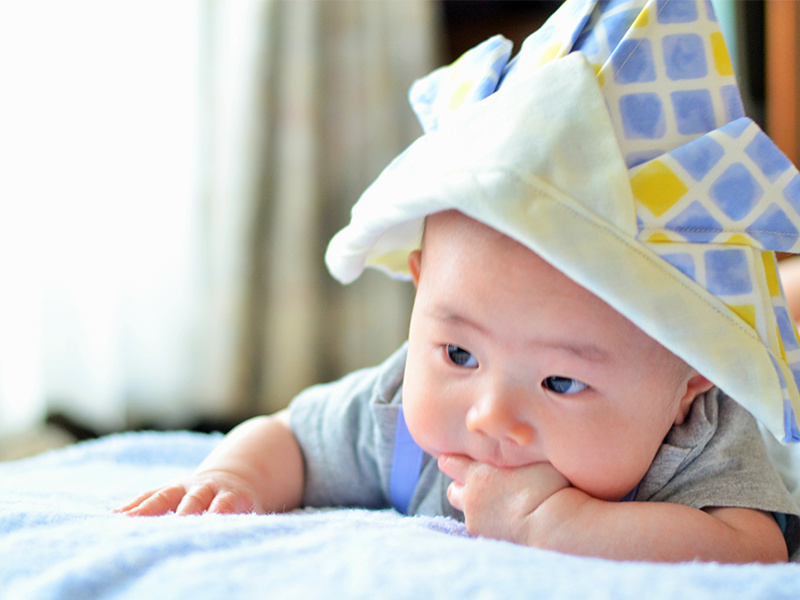CultureWhat is Tango no Sekku?

Also known as "Boys' Day"
Tango no Sekku (端午の節句) is held on May 5. The Chinese character "tan(端)" originally means “beginning”, and "go(牛)" refers to the twelve Chinese zodiac signs. In Japan, the twelve signs of the Chinese zodiac are usually assigned to "years," but in China, they were also assigned to "months" and "days”. In other words, there was Tango no Sekku every month, but since the month of May fell in the "go” month, it gradually came to be limited to Tango no Sekku in May. In Japan, "Tango no Sekku" first appears in documents in 839. It is an event to celebrate the health and growth of children, and is usually held especially for boys. On this day, there are decorations and events unique to Tango no Sekku. Typical examples include “koinobori”, or carp-shaped streamers, and “kashiwa mochi”, which are oak cakes wrapped in iris leaves. These decorations and foods can be seen in homes and public places and are symbolic of wishes for the health and happiness of children.